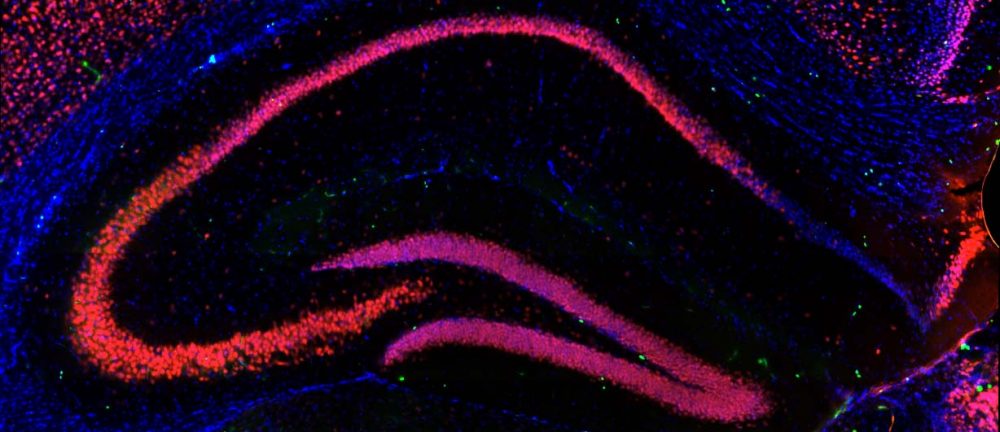Our research focuses on three areas:
A. Molecular mechanisms underlying DS pathology.
We are interested in exploring the impact of DS on mitochondrial function as a mechanistic framework to understand the tremendous vulnerability of DS subjects to develop selective neuronal degeneration and AD as they become adults. Using a combination of novel molecular and imaging techniques and genomics to assess gene function and mitochondrial activity in DS fetal and adult cells we have found that chronic mitochondrial dysfunction, energy deficits and oxidative stress in DS cells contribute to several clinical phenotypes associated with DS including mental retardation, hypotonia, type 2 diabetes, and AD.
B. Cell and molecular pathways involved in amyloid ß (Aß) neurotoxicity.
We continue working on a comprehensive analysis of the molecular mechanisms of oligomeric targeting. The results demonstrate that synaptic activity regulates the formation and accumulation of soluble Aß oligomers at synaptic sites in both rat organotypic slices and human primary neurons, and the first to establish the existence of heterogenous oligomeric structures associated with synapses in AD brains using a variety of conformation-specific antibodies. We determined that oligomer synaptic targeting involves release of ion metals (particularly zinc) during neurotransmission, and the engagement of the NR2B subunit of the NMDA receptor. These results are especially significant in light of recent experiments describing Aß-induced intermittent neuronal hyperexcitability and nonconvulsive seizure activity in the cortex and hippocampus of mouse models of AD. Since there is also a high incidence of seizures in AD patients, the emerging view is that excitatory overactivity during the course of the disease may exacerbate Aß generation and secretion, and based on our data, oligomeric formation and accumulation at synapses, eventually leading to impaired synaptic plasticity and synaptic loss. We are currently focusing on the identification of the specific oligomeric forms accumulating at synapses in the AD brain, and on the role of zinc and the zinc transporter ZnT3 in neuronal dysfunction.
C. The role of axonal transport deficits in AD.
Neurons are highly polarized cells, which depend on transport mechanisms for proper function. There is an emerging consensus that deficits in axonal transport play major roles in several neurodegenerative diseases including Huntington’s disease, ALS and AD. We continue our research on the mechanisms of axonal transport failure. We have characterized the role of transport deficits in the development of AD pathology using the triple transgenic model (3XTg-AD). The results show a significant impairment in the trafficking of mitochondria and synaptic vesicles in 3x-TgAD neurons, leading to reduced synaptic density and peripheral energy deficits. In addition, we finalized a detailed analysis of tau isoform expression and localization in human cortical neurons (HCN) developed in culture. We found in HCN a similar profile of tau isoforms as in the adult human brain. Interestingly, there was a significant difference in the intracellular distribution of 3R and 4R tau isoforms, suggesting specific functional roles 3R and 4R tau. Different toxic stimuli resulted in dramatic changes in tau phosphorylation and aggregation state, indicating that HCN represent an excellent model to study the development of tau pathology and transport deficits associated with tauopathies.
We also analyzed the mechanisms of axonal transport inhibition by Aß oligomers. Real time analysis of membrane-bound organelle mobility in isolated extruded axoplasms perfused with Aß indicates that bidirectional axonal transport is inhibited through endogenous casein kinase 2 activation, suggesting that pharmacological regulation of CK2 activity represents a promising target for therapeutic intervention in AD.
